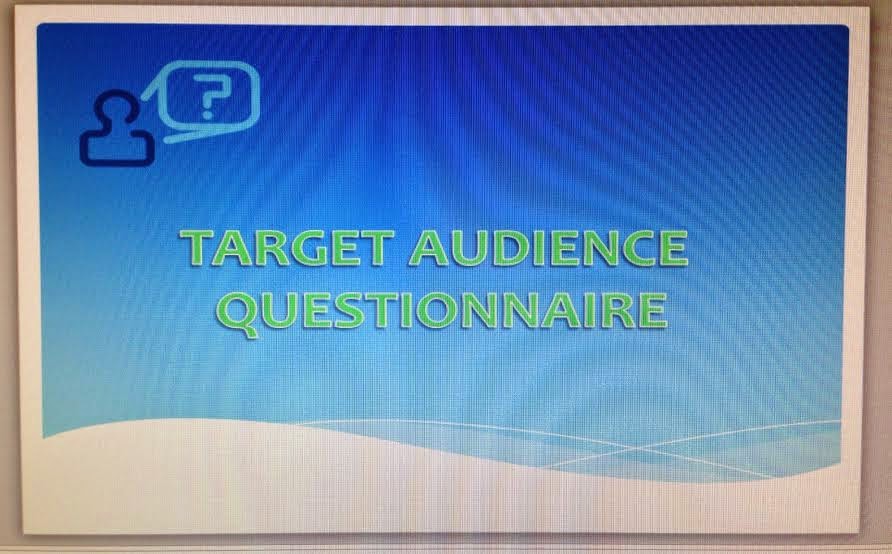Referenced from: http://en.wikipedia.org/wiki/Byker_Grove
Byker Grove is a British television series which was broadcasted between the years of 1989 and 2006. It was broadcasted at 5:10pm but later moved to the time of 5pm on CBBC and BBC One and had a running time of 25 minutes. The dramas target audience was older teenagers/ young adults due to the serious and controversial storylines.
Byker Grove is a British television series which was broadcasted between the years of 1989 and 2006. It was broadcasted at 5:10pm but later moved to the time of 5pm on CBBC and BBC One and had a running time of 25 minutes. The dramas target audience was older teenagers/ young adults due to the serious and controversial storylines.
The main setting was a youth club, and
it was rare that that the children were shown in school, in Byker district of
Newcastle upon Tyne. The programme was the original idea of the TV executive
Andrea Wonfor. In 1987, she approached the soap writer Adele Rose and by
working in partnership they created a single pilot episode featuring children
aged between 8 and 11 at an out of school club. From their hard work they
gained the approval of the Head of the Children’s Department at BBC Television,
Anna Home. Again, like Grange Hill, she decided to give Byker Grove a trail run
of six 25 minute episodes which was broadcasted by the BBC. After support from
the first producer-director, Matthew Robinson, the age of the main character
was increased from 12 to 16 therefor the programme targeted at young teenagers
crossing the bridge from childhood to adulthood.
 Anthony
McPartlin (“P.J”), now commonly known as Ant, and Declan Donnelly (“Duncan”),
now commonly known as Dec, found there fame and career from being popular
characters in Byker Grove. It also featured actors like Jill Halfpenny, Donna
Air, Andrew Hayden-Smith and Emmerdale stars such as Dale Meeks, Charlie
Hardwick, Chelsea Halfpenny, Laura Norton and finally Victoria Hawkins.
Anthony
McPartlin (“P.J”), now commonly known as Ant, and Declan Donnelly (“Duncan”),
now commonly known as Dec, found there fame and career from being popular
characters in Byker Grove. It also featured actors like Jill Halfpenny, Donna
Air, Andrew Hayden-Smith and Emmerdale stars such as Dale Meeks, Charlie
Hardwick, Chelsea Halfpenny, Laura Norton and finally Victoria Hawkins.
The
first writer was Adele Rose – in series 1 she wrote episodes 1, 2, 3, 4 and 6
with her daughter Carrie Rose writing episode 5. The most prolific writer was
Brian B.Thompson who wrote 50 episodes over 12 series. Furthermore, Tom Hooper
directed four episodes of the show in 1997 and Charlie Hunman now stars in
American TV series Sons of Anarchy.
The actual youth club where
filming took place was in Benwell, this was known as The
Mitre which used to be a nightclub and a pub before it was bought by Zenith
Television, who film the drama. In the build up to the final episode of Byker
Grove, on 7th October 2006, Richard Deverell (hea dof CBBC) was
interviewed on Newsround about the decisions to axe the series. Tim Holloway
produced the eughteenth and last series of Byker Grove and he then went onto
produce Casualty until 2002. In 2008 it was rumoured Gallowgate
Productions, a production company owned
by Any McPartlin and Dec Donnelly, purchased the rights to Byker Grove after
the prouction company made it into liquidation in 2007. This has never be
confirmed nor denied by the duo.
Throughout the series Byker Grove
tackled some controversial issues such as:
- Drug addiction
- Child abuse
- Homelessness
- Teen pregancy
- Abortion
In fact, Byker Grove was the first
Britith drama to attempt to tackle the subject of homosexulaity when Noddy
Fishwick kissed his close friend Gary Hendrix. This scene caused major outrage,
for example the Sun Newspaper editior called for the producer to be sacked. However,
the drama stuck with the storyline and ended up getting countrywide suuport for
all homosexual people and their parents. Another storyline tacjling
homosexuality is that when Bradley agonised over his sexuality and eventually
coming out as being gay to his girlfriend, Sadie. Furthermore the series
frequently ruined the lives of many chararcters by the bad things happening to
the good people, such as Flora dying from an unfortunate brain tumour, Greg
falling from the roof of the Grove leaving him paralysed from the waist down and
the youth leader’s death in an accidental gas explosion.










.png)











